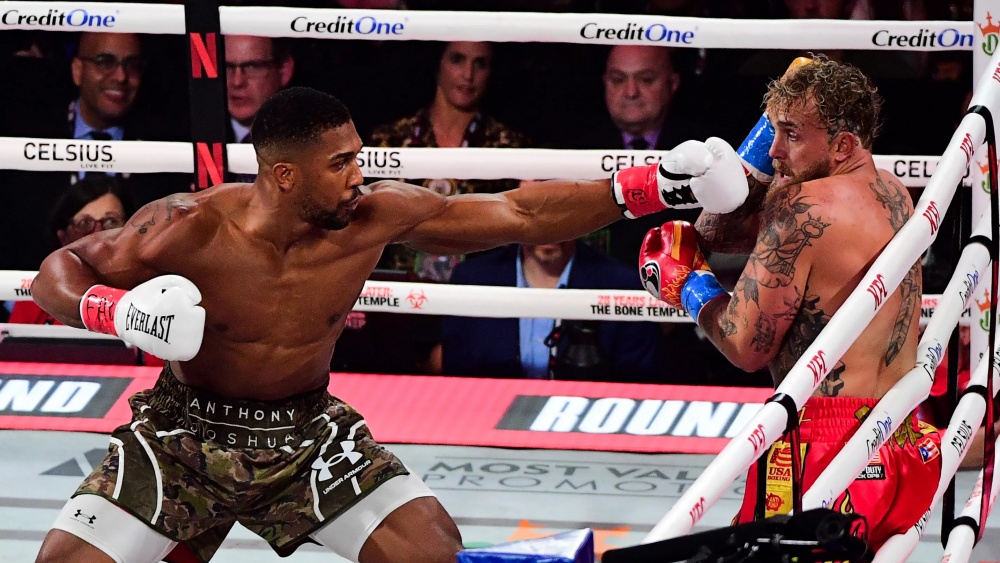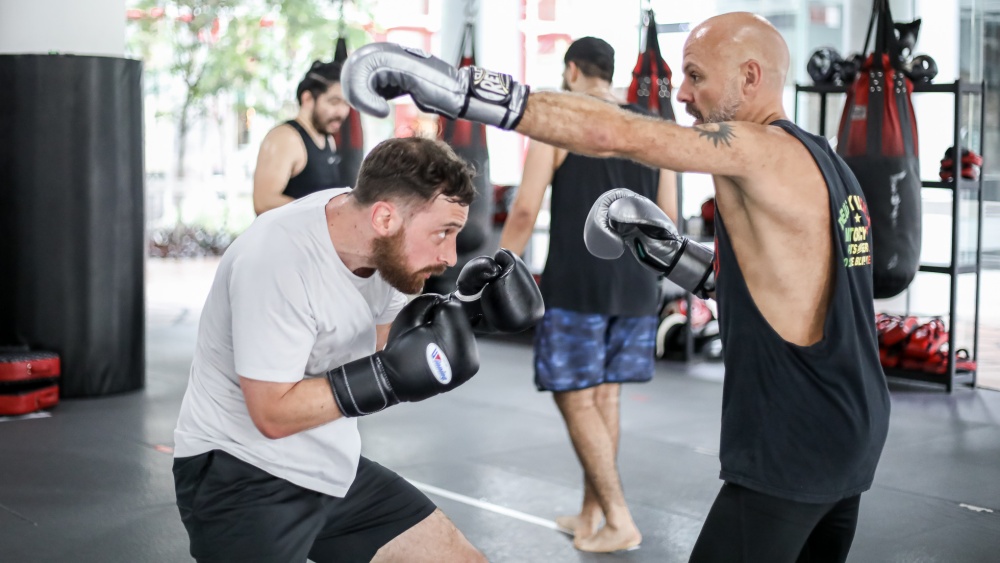The most common objective boxers have in every fight is to score a knockout. It’s the quickest, most effective way to end a fight in victory. Consequently, it’s also the hardest to pull off. If you aren’t gifted with natural-born knockout power in your fists, you will have to put in extra effort to score some knockouts.
Knockouts push fans to the edge of their seats in excitement. The prospect of a thunderous, epic, out-of-left-field, earth-shattering knockout is what draws people to the sport of boxing. But not every punch can score a knockout. Some punches are greater than others.
There are punches in boxing that are most likely to cause a knockout during a fight. You may not be aware, but these punches may already be a part of your arsenal. Identifying them and then using them correctly is the logical next step.
We have come up with a list of three distinct punches that are known to turn the lights out on any given opponent.
Let’s take a look at a handful of different punches in boxing that pack some intense power. Today, Evolve Daily shares three of the most effective knockout punches in boxing that you should add to your offensive repertoire.
1) The Cross
The first and most obvious knockout punch is the cross. If you’re standing in the orthodox stance, the right cross is likely your most powerful punch. It’s the punch that generates the most power from the base, is launched straight down the middle, and lands square on the chin.
Throwing the cross properly is essential to every boxer’s skill set. Try to punch straight down the pipe, right through the target to generate maximum force on the shot. If you land clean and your opponent doesn’t go down, he or she will surely be hurt and open for a follow-up combination.
What You Need To Know About Being Evasive In Boxing https://t.co/A8ZUOfjdf1 #EvolveMMA #Boxing pic.twitter.com/JzsiOJJ1vq
— Evolve MMA (@EvolveMMA) November 13, 2019
If you execute the cross properly, it can truly be an effective punch in any given fight. Some of the greatest straight punches in boxing history have come from legends of the ring such as Mikkel Kessler, Wladimir Klitschko, Roy Jones Jr., Floyd Mayweather Jr., and Manny Pacquiao.
The cross is a punch every boxer needs to learn to throw perfectly. So practice your cross and make sure it’s part of your daily routine.
2) The Left Hook
Next on the list is the left hook. Most boxing enthusiasts have labeled the left hook as the most destructive punch in boxing.
The science behind it is simple. Because you are using the same hand you use for your jab (in an orthodox stance), the left hook travels a short, compact distance from launch to target, transferring power generated from the base to the torso, and eventually to the fist. But although it is easy to execute, it is incredibly difficult to master and takes years of practice to fully utilize.
How To Set Up And Land A Perfect Liver Shot In Boxing https://t.co/JRvKXG5vee #EvolveMMA #Boxing pic.twitter.com/8gwrxrpa1s
— Evolve MMA (@EvolveMMA) October 17, 2019
Some of the sport’s greatest knockout artists in history have employed the most vicious hooks you’ll ever find. From “Iron” Mike Tyson’s devastating hooks to the body, to Roy Jones Jr.’s triple and quadruple hooks, the variations are numerous.
When throwing a hook, ensure that you are connecting with only your two largest knuckles.
It is also important not to cock your fist back before throwing. Loading up on your hook like this only decreases its effectivity because the punch is telegraphed. The element of surprise is maintained when the opponent doesn’t expect it.
3) The Perfectly-Timed Counter
Last but certainly not the least, is the perfectly-timed counter. This means catching your opponent as he or she is coming in, multiplying the force generated by your punching moving forward, against an opponent’s head moving right towards it.
Any punch, whether a straight, hook, or uppercut, can serve as a perfectly-timed counter. The trick is anticipating and reading your opponent’s movements, preempting his attacks, and connecting at just the right time to maximize the knockout effect.
Timing your counterpunches perfectly is the single best way to score knockouts. For one, opponents are rarely prepared for it, adding an element of surprise. Of course, in boxing, the punches that you don’t see are the ones that hurt the most.
Secondly, the momentum of your opponents moving towards you is used against them. This has a shocking effect and usually is incredibly effective at causing a knockout right on impact.
A great example of this is Manny Pacquiao’s scintillating one-punch knockout of Ricky Hatton in 2009. And conversely, Juan Manuel Marquez’s sensational one-punch knockout of Pacquiao himself in 2012.
If you found this article interesting, here are some others that you may enjoy:
5 Important Aspects Of The Mental Side Of Boxing
5 Drills That Will Improve Your Boxing Footwork
The 5 Greatest Multi-Division Boxing World Champions In History

















